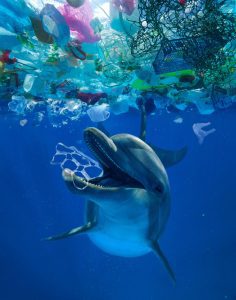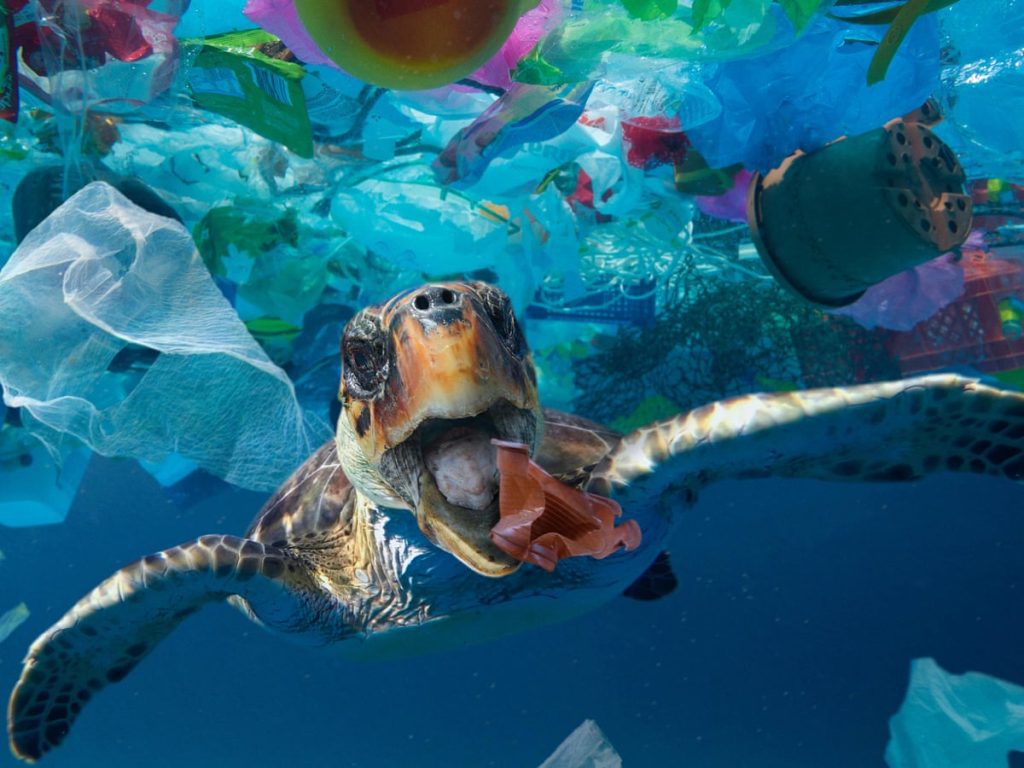Ocean trash is one of many growing environmental concerns of the world’s pollution problems today.
As it stands, according to a report in 2015 nearly eight million tons of plastic gets into the ocean every year.
The numbers are staggering, this is estimated to be about 5.25 trillion pieces of plastic debris in the ocean.
Of that mass, about 269,000 tons float on the surface, while an estimated four billion plastic microfibers per square kilometer litter the deep sea.
Also, the bulk of this trash originates from countries ranked from top of the list, they include: China, the Philippines, and Indonesia.
The numbers keeps adding up for trash causing more trouble for the oceans, wildlife, and us.
But, scientists still do not seem to fully understand how to largely reduce continuous occurrence.
Optional (A photographer Zak Noyle – in a published article due to the nature of his job have seen a good extent of marine debris.
Yet, he was shocked to discover what a remote spot off the coast of Java in 2012, when he found himself literally swimming in a sea of garbage. He described the experience as “overwhelming,”
What is Ocean Trash?
Ocean trash like the name implies, refer to all the human-created debris that makes its way into the ocean from a variety of means. Such as (Direct deposit, Wind etc.)
Main Content of Ocean Trash:
Debris in the sea contain mainly of:
1.) Plastics: About 90 percent of the trash found in the ocean is plastic, and the large amounts of trash have an impact on marine life and ecosystems as well as ocean water quality.

2.) Lost or discarded fishing gear that find their way into the ocean, causing ghost fishing and a threat of entanglement for countless marine animals.
Every year, all over the world plastics of more than 380 million tons are produced.
Plastic is no doubt an amazing invention, but due to its chemical properties it is non biodegrade and very difficult to recycle.
Which means most of it is usually dumped in the environment where it can last for too many years.
About 80 percent of the trash found on beaches are single-use disposable plastics, such as bottled drinks and water, utensils, straws and food wrappers.
When these dirts are scattered around the beach they become an eyesore to the environment and pose a threat to aquatic lives.
Our Conservation Contributions
From all we have analyzed so far, we see these pieces of trash are items we mostly use in our daily lives.
These gives us an advantage to discard more intentionally these materials and we can also opt to switching what materials we use to more reusable and sustainable alternatives.
Replace plastic straws and utensils with versions made from bamboo or metal.
We can spread awareness of the dangers of ocean trash to businesses and communities leaders about how they can shift materials to more environmentally friendly items that already exist.
Rules and regulations regarding plastics at beaches should be enforced.
Also, fervent cleaning procedures and environmental care should be imbibed to beaches as soon as possible for visitors through sign posts, boards etc.
Some trash in the ocean can be removed if inventions that can detect these plastics are made, in a way that attracts a good number of plastics and can support their being brought to land especially where ocean surface trash are involved.
This type of technology will help in clearing the ocean of some level of trash and better the ecosystem.
Also take action in your daily life and community to reduce plastic footprint.
Incinerate your household plastics where there is sufficient oxygen while ensuring they are non-combustible to prevent explosive accidents from happening.
Encourage your favorite business brands and vendors to make reducing plastic a company policy.
Support policies at the local, state or national level that is aimed at curbing plastic production.
Conclusion
Ocean trash though a current menace, it causes can be curbed in future and possibly stopped from growing.
Every time we reduce plastic, we are protecting ourselves and the environment upon which we all depend.
